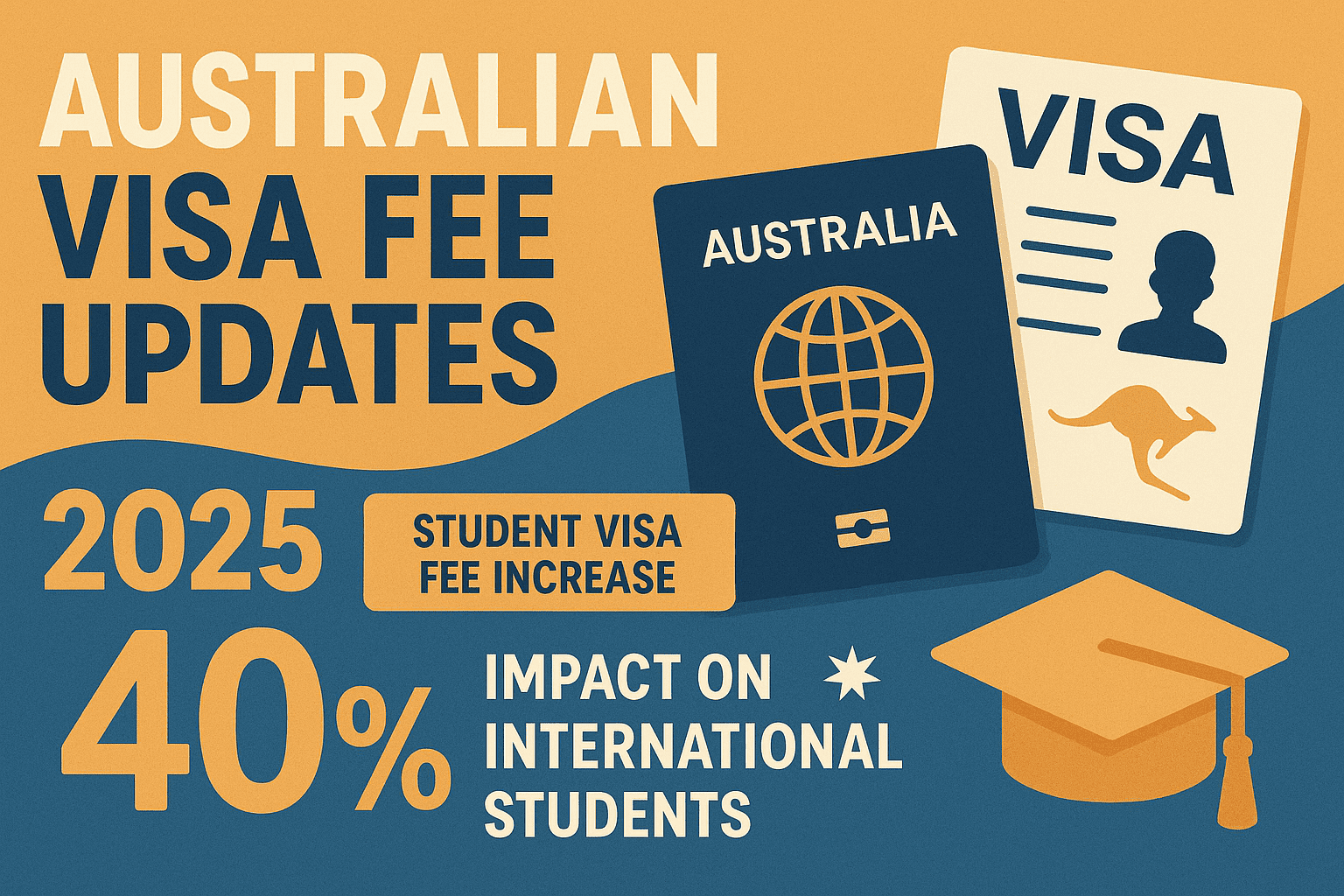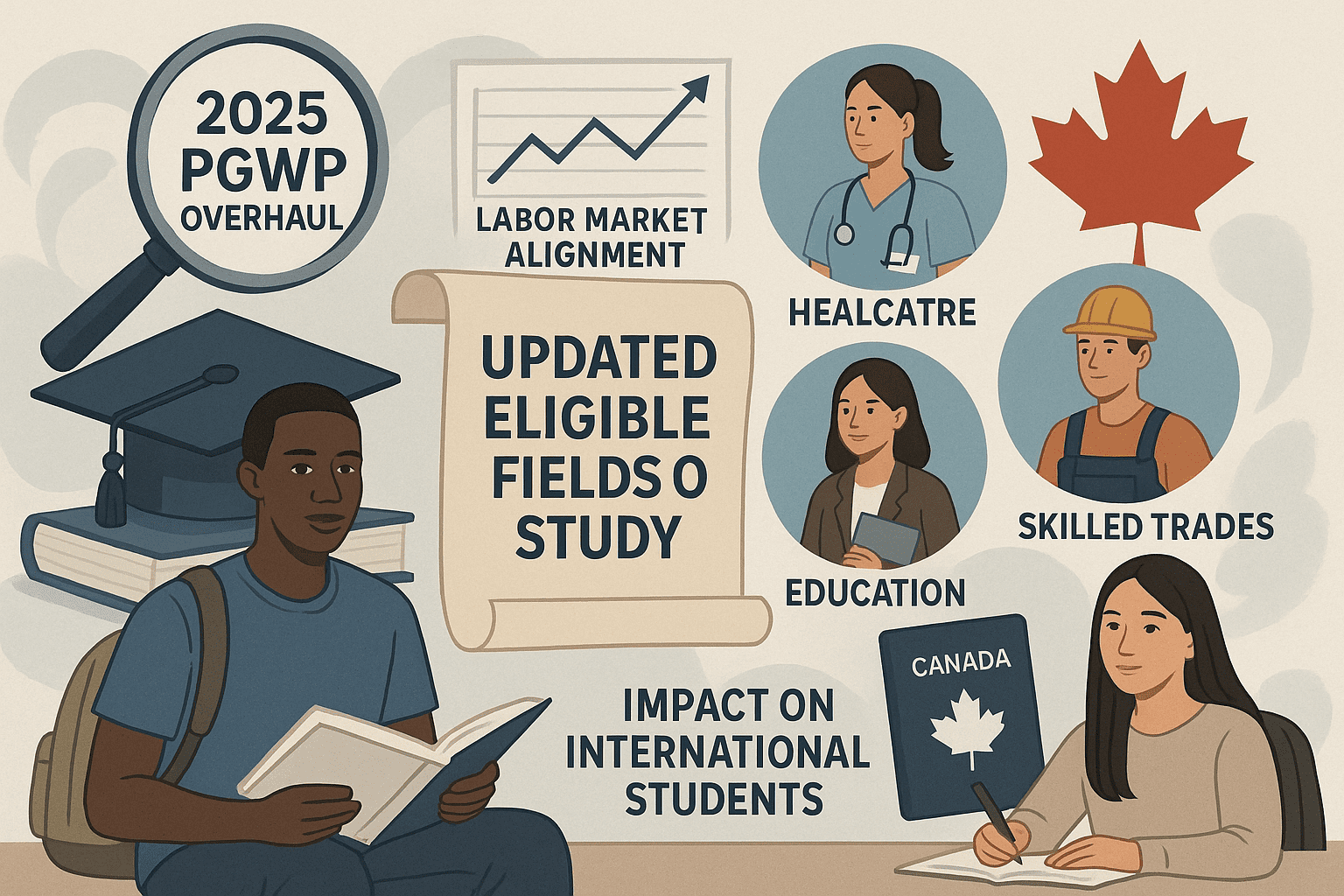If you’re planning a move to Australia or considering a new visa application, it’s important to be aware of the latest changes to visa fees. As of July 2025, several key visa subclasses have seen notable increases, affecting students, skilled workers, temporary graduates, and even visitors. Here’s a clear overview of the new fees and what you can expect. Overview of Major Visa Fee Adjustments Student Visa (Subclass 500) Main Applicant (Previous): AUD 1,600–1,808 Main Applicant (Current): AUD 2,000 Additional Applicants (Current): AUD 1,225 (over 18) Temporary Graduate Visa (Subclass 485) Main Applicant (Previous): AUD 1,945 Main Applicant (Current): AUD 2,235 Additional Applicants (Current): AUD 1,115 (over 18), AUD 560 (under 18) TSS (482) Visa Main Applicant (Previous): AUD 1,455–3,115 Main Applicant (Current): AUD 3,210 Additional Applicants (Current): Fees vary—consult the official site for details Employer Sponsored Visas (186/494) Main Applicant (Previous): AUD 4,640–4,770 Main Applicant (Current): AUD 4,910 Additional Applicants (Current): AUD 2,455 (over 18), AUD 1,230 (under 18) Skilled Migration Visas (189/190/491) Main Applicant (Previous): AUD 4,640–4,770* Main Applicant (Current): AUD 4,910 Additional Applicants (Current): AUD 2,455 (over 18), AUD 1,230 (under 18) Working Holiday Visas (417/462) Main Applicant (Previous): AUD 650 Main Applicant (Current): AUD 670 Additional Applicants (Current): Fees vary—consult the official site NZ Citizen Family Visa (461) Main Applicant (Previous): AUD 430 Main Applicant (Current): AUD 445 Additional Applicants (Current): AUD 225 (over 18), AUD 110 (under 18) Partner Visas (300, 309, etc.) Main Applicant (Previous): AUD 9,095 Main Applicant (Current): AUD 9,365 Additional Applicants (Current): AUD 4,685 (over 18), AUD 2,345 (under 18) Bridging Visa B Main Applicant (Previous): Often minimal or same as before Main Applicant (Current): AUD 190 Additional Applicants (Current): Not typically applicable Visitor Visa (Subclass 600) Main Applicant (Previous): Offshore: AUD 195, Onshore: AUD 490 Main Applicant (Current): Offshore: AUD 200, Onshore: AUD 500 Additional Applicants (Current): Fees vary—consult the official site Why Are Fees Increasing? Australian visa fees are typically adjusted each year to keep pace with inflation and changes in government policy. The 2025 increases are part of this regular process, though some visas—such as the Student and Employer Sponsored subclasses—have seen larger jumps than usual. What Should Applicants Do? With these fee increases in effect, it’s wise to review your visa plans and budget accordingly. If you’re eligible and ready to apply, submitting your application sooner rather than later could help you avoid future price hikes. Always check the official Australian government immigration website for the most up-to-date information before starting your application. In summary: The 2025 updates bring higher costs for many visa types, especially for students and skilled workers. Stay informed, plan your finances, and apply when you’re ready to make the most of your Australian journey!


